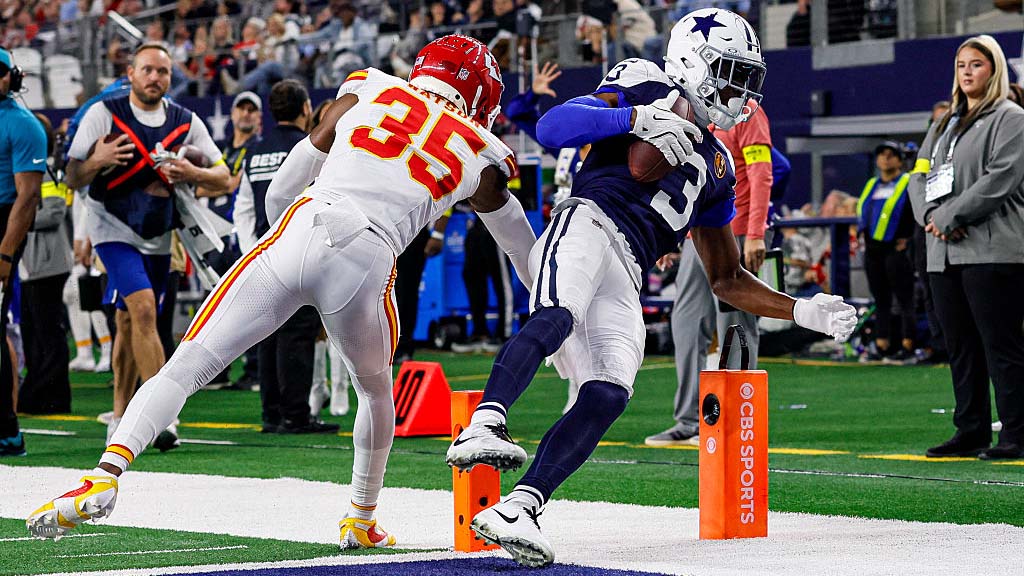Satellite Update for June 21, 2013
From FCC Report SAT-00954: “Satellite Space Applications Accepted for Filing:”
• ViaSat, Inc. filed a Letter of Intent requesting access to the U.S. market from its proposed ViaSat-3 at 79.3 degrees west longitude (WL). ViaSat-3 would be operated under authority of the United Kingdom and use frequency bands 18.3-19.3 GHz and 19.7-20.2 GHz (space-to-Earth) and 28.1-29.1 GHz and 29.5-30.0 GHz (Earth-to-space). ViaSat requested a waiver to allow fixed satellite service (FSS) in the 18.8-19.3 GHz band on a non-conforming basis. Operations in the 28.6-29.1 GHz and 28.1-28.35 GHz bands will be on a secondary basis.
• ViaSat also requested access to the U.S. market from Ka-band ViaSat 2, which it proposes to locate and operate from 69.9 degrees WL under authority from the United Kingdom. The requested frequencies and waivers are the same as those listed above for ViaSat 3.
• Hispamar Satélites, S.A. filed an application to modify its grant of U.S. market access for Amazonas -3 at 61 degrees WL to provide FSS using Ka-band frequencies 18.3-18.8 GHz and 19.7-20.2 GHz (space-to-Earth) and 28.1-28.6 GHz and 29.5-30.0 GHz (Earth-to-space). Amazonas-3 is licensed by Brazil and was previously added to the FCC C- and Ku-band Permitted Space Station List.
From FCC Report SAT-00955: “Actions Taken:”
• The FCC International Bureau's Satellite Division granted Iridium Constellation LLC special temporary authority (STA) for 60 days to continue to operate satellite SV023 as a non-transmitting spare satellite, approximately 300 km behind satellite SV094 at an altitude of approximately 778 km in its “Big LEO” non-geostationary satellite orbit constellation. Iridium was also granted STA to co-locate one of its spare in-orbit satellites with another satellite in its orbital constellation for 60 days.
The professional video industry's #1 source for news, trends and product and tech information. Sign up below.

Doug Lung is one of America's foremost authorities on broadcast RF technology. As vice president of Broadcast Technology for NBCUniversal Local, H. Douglas Lung leads NBC and Telemundo-owned stations’ RF and transmission affairs, including microwave, radars, satellite uplinks, and FCC technical filings. Beginning his career in 1976 at KSCI in Los Angeles, Lung has nearly 50 years of experience in broadcast television engineering. Beginning in 1985, he led the engineering department for what was to become the Telemundo network and station group, assisting in the design, construction and installation of the company’s broadcast and cable facilities. Other projects include work on the launch of Hawaii’s first UHF TV station, the rollout and testing of the ATSC mobile-handheld standard, and software development related to the incentive auction TV spectrum repack. A longtime columnist for TV Technology, Doug is also a regular contributor to IEEE Broadcast Technology. He is the recipient of the 2023 NAB Television Engineering Award. He also received a Tech Leadership Award from TV Tech publisher Future plc in 2021 and is a member of the IEEE Broadcast Technology Society and the Society of Broadcast Engineers.
